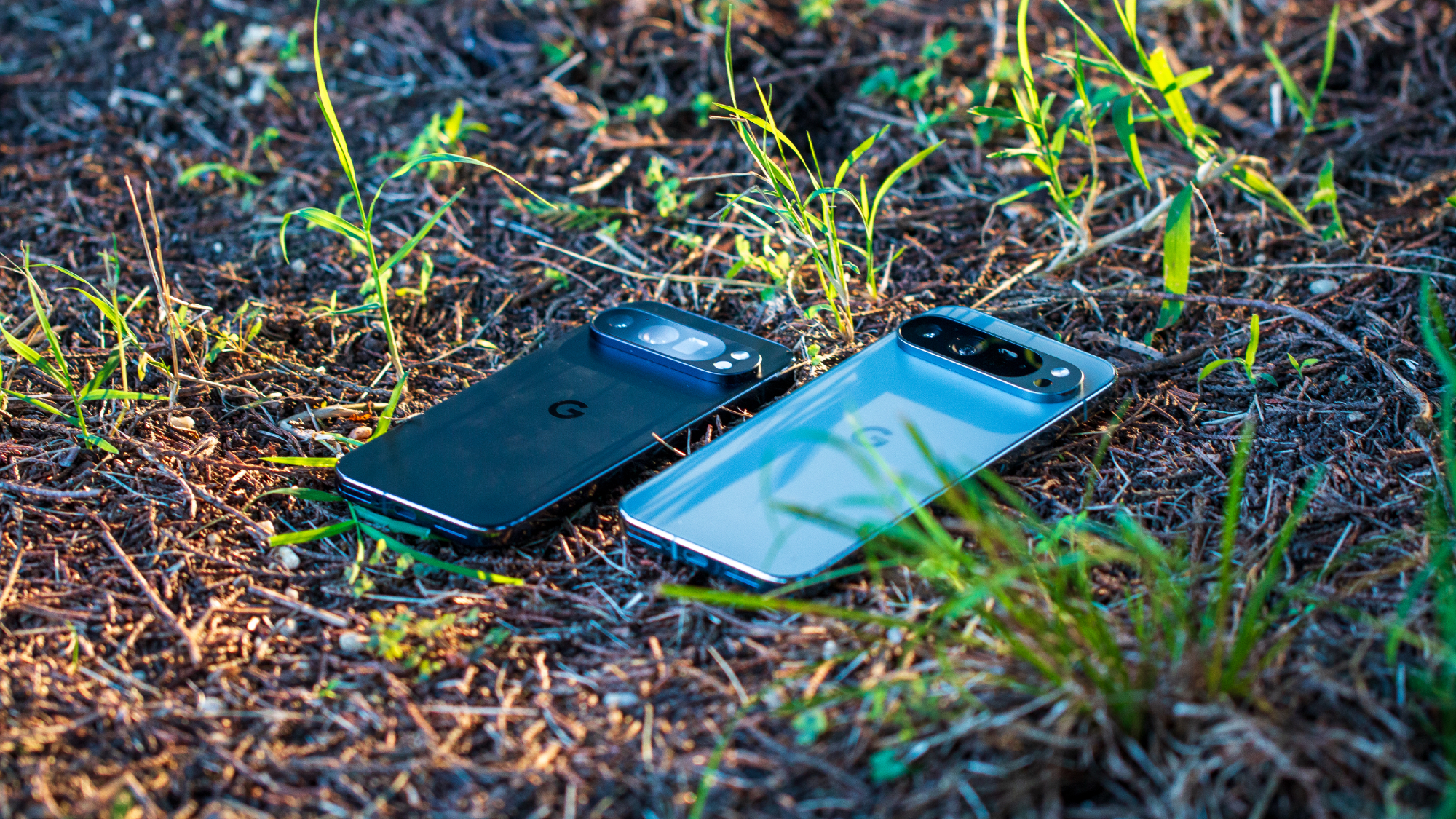Chrome OS is good. Here's how Google can make it great
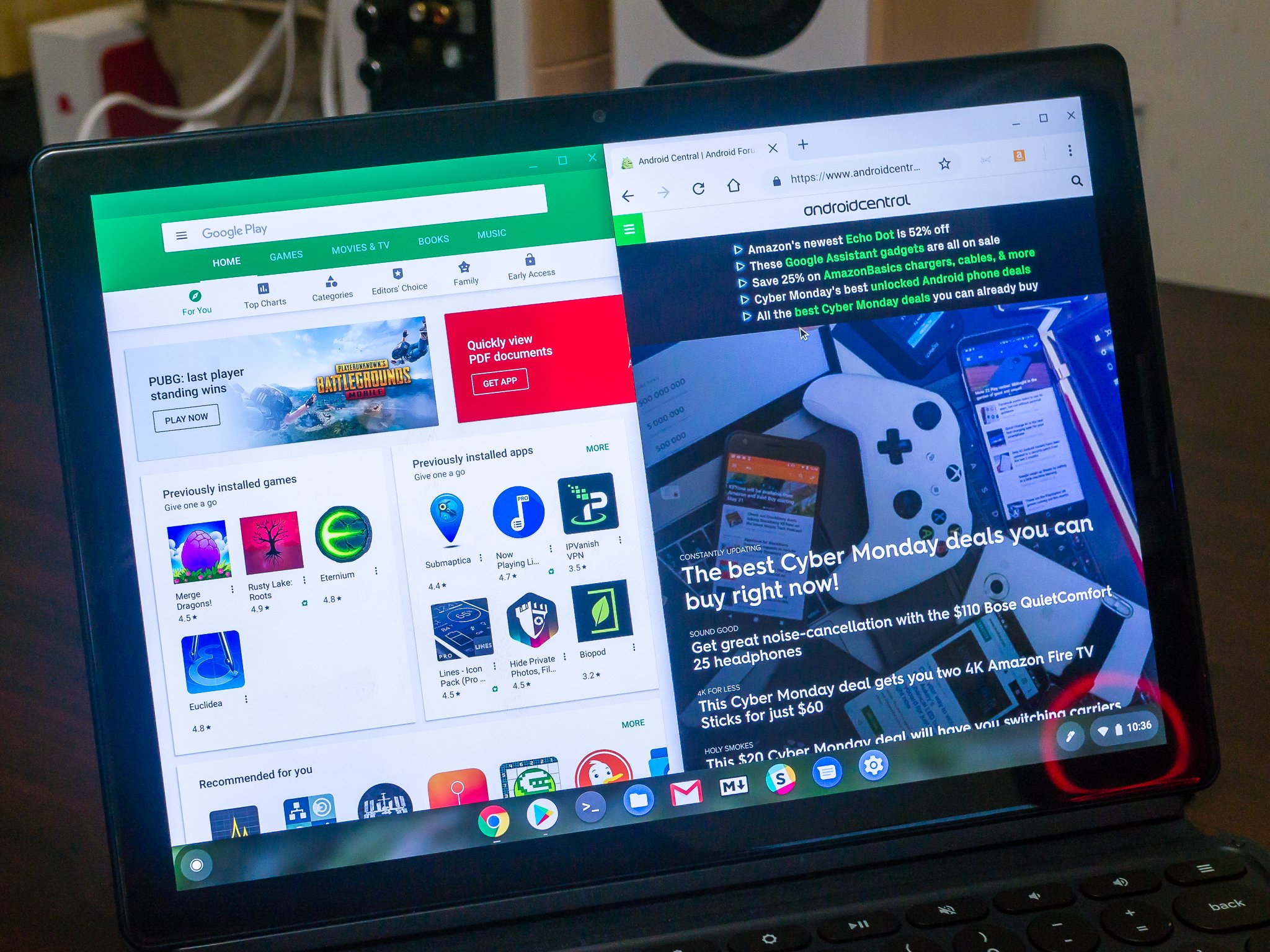
I usually take a few minutes each week to talk about Android on Saturday mornings, but this week I'm going to talk about Chrome OS. It seems fitting with the recent release of the Pixel Slate and how (and why) some people can love it while others can't. Let's talk about Chrome and its oddities, its peculiarities, and its bugs.
If you find someone who uses a Chromebook all day every day, there's a good chance they seem immune to its flaws. That happens when you have to find ways of getting around the things that seem broken at first, and eventually, you just forget that they felt that way because you've become accustomed to doing things "differently". It's not just a Chrome issue; people using Android, iOS, and Windows all do the same thing and might not even realize it. We all get comfortable with the software quirks we see every day and almost forget they are there. Sort of like tech Stockholm Syndrome.
Bugs are there even if we get used to them and forget.
But that doesn't mean the company making the software can rest on its laurels and forget about them. I think that Google needs to stop adding features to Chrome and put the final polish on what's there now if it wants someone who doesn't already use a Chromebook to have a great experience when they pick one up.
The Pixel Slate really shows this. I think it's a pretty good product (better than I expected, to be frank) and its biggest flaw is the price tag. Others who had an early look didn't feel the same way. Android Central Managing Editor Daniel Bader received his the same day that I did, and he basically thinks it wasn't ready to be released and isn't having a great time with it. The Verge's Dieter Bohn came away with a similar impression in his review. Daniel and Dieter both know their way around tech — it's not just their livelihood, they both have a real passion for these things that go beep. The difference is that the Pixel Slate is a good Chromebook, err, Chrome tablet, and has the same flaws as the rest.
There are three areas that Google needs to dig in and spruce up: memory swapping, the touch interface, and how Android apps look and feel on the bigger screen. I think if these issues aren't addressed, new features no longer matter because users aren't going to be attracted to Chrome OS with the problems it has today, no matter how many cool new things it adds.
Stop and go
If you use a Chromebook every day you know that sometimes, seemingly for no reason but especially with a browser window running, everything just suddenly stops for a second. It happens on a Chromebook with 2GB of memory and on a Chromebook with 16GB of memory, it just happens more frequently when you have less RAM. I'm sure that someone knows the exact technical reason for this, but it seems like the OS has to stop doing everything when it has to finally flush away information it has stored in memory.
I have my guesses about why this happens (I think it has to do with zRAM/zSwap which Chrome uses by default and suspending backgrounded browser windows) but that doesn't matter. What matters is that it's happening in the first place and users either need to deal with it or decide that a Chromebook isn't for them because of it. Android does the very same thing, but a lot of work was done to minimize how often it does it and to hide the fact that it's doing it. RAM is there to be used, and even if you only use the Chrome browser on Windows or MacOS, you know that Chrome loves to use it. It just needs to use it a little more efficiently I think.
Be an expert in 5 minutes
Get the latest news from Android Central, your trusted companion in the world of Android
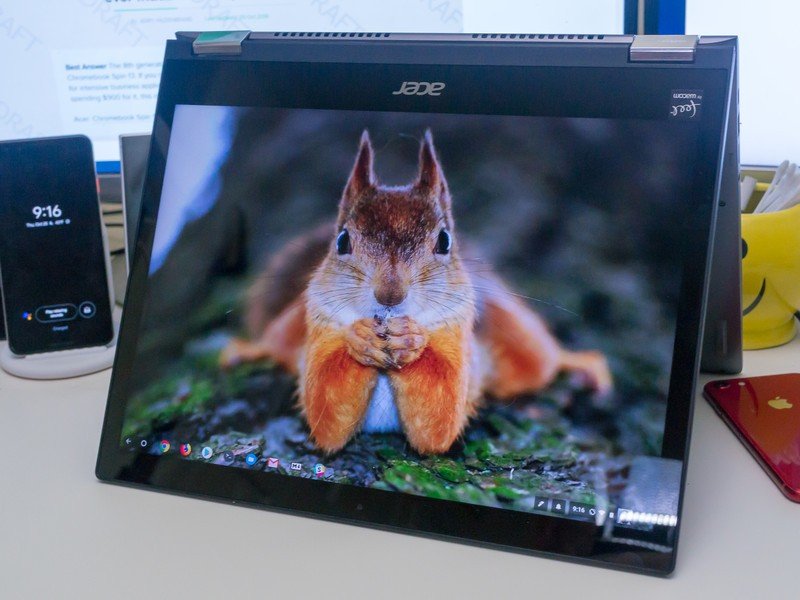
What you can do
There are some things you can do to keep the stop and go effect from happening very often on your Chromebook. When you aren't using the browser, close it instead of minimizing it. It opens fast and will go right back to where you left off. If you are switching back and forth between browser tabs or the browser and other apps, try closing tabs you aren't using. If you're using a lower spec model, try setting YouTube to 720p. You won't notice much of a difference unless you have a high-resolution display.
Chrome does this thing from time to time and just...stops.
Before you jump into Google Play and install an Android app, check and see if whatever you're looking for works well in the browser. Facebook, Twitter, YouTube, and Netflix are prime examples here. The websites have been optimized to use the Chrome browser if they recognize you're running it and this can make the website better than an app. A properly built website can offer things like notifications or let you use the microphone for voice chats and do everything else the Android app can do. Maybe even more: Netflix streams are noticeably better when it sees you're on a desktop window and not using a phone app.
Mind your extensions. Chrome extensions are awesome, but each and every one is sandboxed and uses its own bit of memory and processor time. Having one that gets sluggish can wreck everything, and so can having too many running at once. Take a look at what extensions you have running by opening chrome://extensions/ in a browser window and cull any you don't really need.
it doesn't matter how much memory your Chromebook has; eventually, it will stutter. You don't need to do anything and it doesn't take long to recover but you can cut back on the frequency with a bit of housekeeping. It would be so much better if it didn't happen in the first place, though.
Going all-in with touch
Using the first Google Chromebook Pixel was a nightmare when it came to the touch-friendliness. Chrome has come a long way, but there's still plenty of work to be done. Even the Pixel Slate has some strangely specific weirdness when using your finger instead of the mouse. For the easy example: If you are using it as a tablet and open the application drawer, try swiping between screens of apps with your finger. Then pretend your finger is a mouse pointer and tap the circular buttons on the left of the window to switch screens. Then facepalm because it's so bad.
Chrome's onscreen keyboard is great. Let's get the rest of it there, too.
You'll find similar issues throughout the interface. Long-pressing as a substitution for a right click can be frustrating, touch targets of some vital navigation elements like scroll bars are too small, and text selection is as bad as it was on Android three years ago. I'm not trying to bash Google or Chrome and still think a Chromebook is the best computer for almost everyone. But there are plenty of areas that need attention before it can be called touch friendly. Thankfully, the new onscreen keyboard works great and the home screen, tray, and application icons are well done when it comes to tapping instead of clicking.
Google knows how to fix this. They fixed it for Android, so they can fix it for Chrome. It wasn't too long ago that your phone had a glitchy keyboard and it felt like you had to tap multiple times to get anything done. Android, like Chrome, was originally designed for a device with a physical keyboard and trackpad like an old-time BlackBerry.
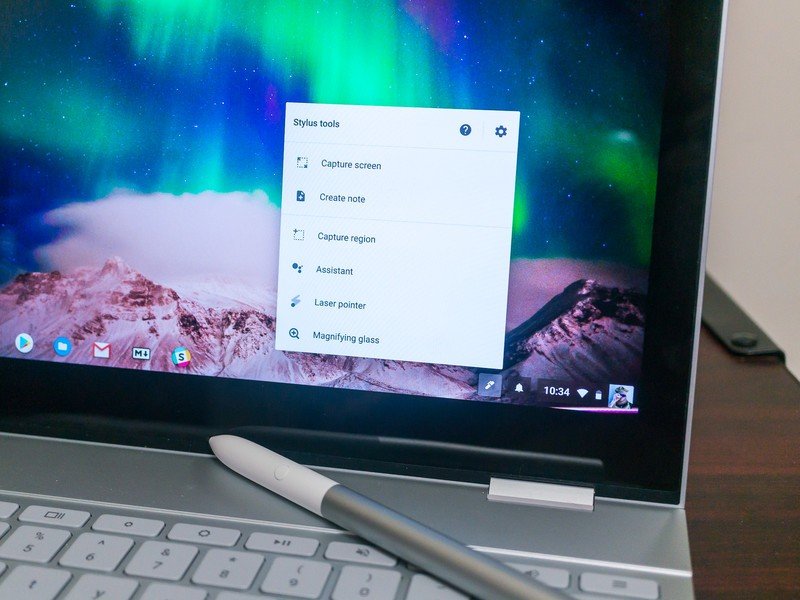
Got a Pen?
There's not a lot you can do yourself to make your Chromebook more touch-friendly, but you can use a stylus for more precise control. Many Chromebooks include a Chrome-optimized Pen, and you'll find that the interface really does work well and the "optimized" moniker isn't just there for kicks.
If your Chromebook isn't set up for Pen input, a regular stylus like this one will work on the touch screen. It will also work on your phone, and any other capacitive touch display. Don't try to use a Galaxy Note S Pen, Pixelbook Pen, or Apple Pencil, though. They won't work as they're designed for a particular type of display digitizer.
If Google keeps working on the touch interface at the same pace it has in the past six months, these issues should soon be a thing of the past. Fingers crossed.
Android apps
Most Android apps work on a Chromebook. Most Android apps also suck on a Chromebook because they were built for a much smaller phone screen.
Google is trying to tackle this problem by working on how the window that an app runs inside of is built. Ideally, you would be able to change the size of a window so that the app can use the space provided to run well and look good, but that's rarely the case when it comes to Android apps. That's because of the way they were coded.
Android on Chrome is proof that "if you build it, they will come" is a load of garbage.
Android apps are all infinitely scalable and the window can be as big as it needs to be. That doesn't mean the content inside the window will react to the size, though. Some apps do a great job here: Evernote, Pocket Casts, Microsoft's Office suite, and of course all most of Google's own apps come to mind. They change the way the information is displayed once the window reaches a bigger size and everything works well and looks good. Unfortunately, the majority of apps in Google Play don't and you'll see a ton of empty space with all the information smooshed over to one side.
The application's developers will need to fix this and there's not a lot Google can do about that right now. There are newer and much better tools for developers to build apps that scale for both small and large displays, but unless a developer wants to rebuild their app using them that isn't going to fix anything. this will be a tough nut to crack.
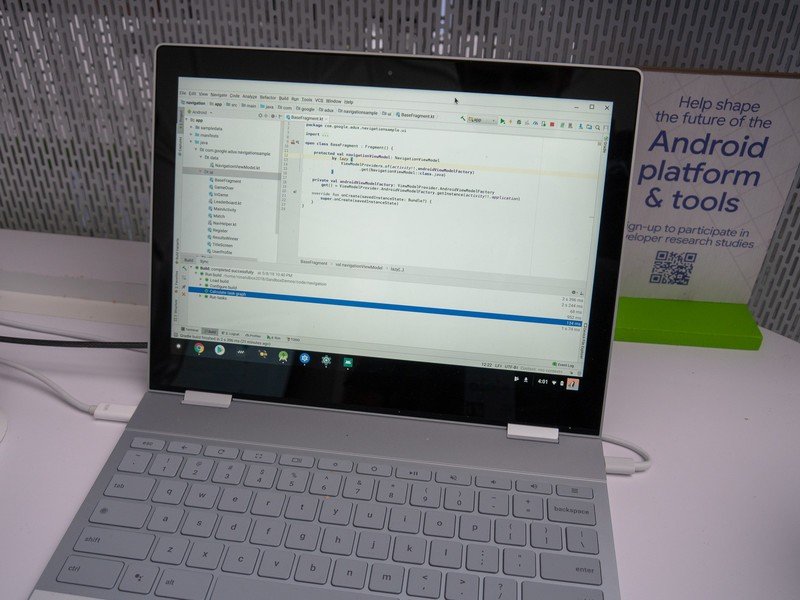
The Right App
Unless you're an application developer and your favorite app is open source, you can't do much about this. If Google can't fix how apps get displayed on a Chromebook, chances are the users can't either.
it's 2018 and Android on tablets is still bad.
The best thing you and I can do is make sure that developers know we want to use their apps on our Chromebook (be polite!) or to find an alternative that does what we want. If you do find a new app that fits your needs, be sure to tell the developer you appreciate it. Provide feedback in the form of a review and tell anyone else who might be looking about it. If developers can see that there is a market, they will be incentivized to fill it.
Android exists on more than just phones, and if Google wants to get anyone to decide they should buy a Chromebook, Android tablet, or even an Android television this has to be addressed. I'm not sure how to fix it, but I'm going to imagine that Google has some ideas.
No software is perfect and each program, whether it be an app or an operating system, has its own unique bugs and flaws. Google did an amazing job "fixing" Android's early days and bringing a level of polish that nobody expected to see just a few years ago. It also had a lot of help from companies who use Android in their own products, like Samsung, HTC, LG, and the rest. Chrome is different and Google will need to do most of the work themselves if they want to tighten up Chrome's bugs before the next new feature brings along even more.
I really think Google is up to the task here. The company can build things that are both functional and beautiful, and Chromebooks (and tablets!) are almost there. I hope 2019 is when we see the last bits and pieces all come together.

Jerry is an amateur woodworker and struggling shade tree mechanic. There's nothing he can't take apart, but many things he can't reassemble. You'll find him writing and speaking his loud opinion on Android Central and occasionally on Threads.
